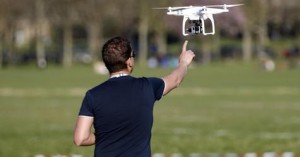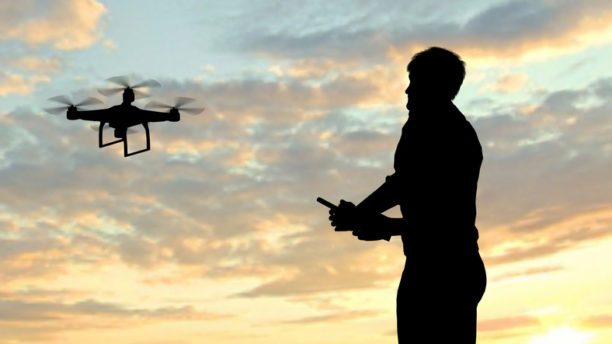
Large manufacturers and industry groups have donated significant time and resources towards participation on these committees – and their presence is valuable and necessary to provide use cases, data and expertise. But with many of the industry seats taken by large industry organizations like Amazon, Google, DJI and Intel, who is representing the actual drone operators in regulation?
The Drone User Group Network (DUG) is a community based organization (CBO) with a membership of over 20,000 “drone enthusiasts, makers, engineers, scientists, educators, and entrepreneurs.” Their mission is to “promote the safe and responsible use of small unmanned systems, and to educate the public about the positive role these devices can serve in our society.” With participation on the UAS ID and Tracking ARC by industry leader and DUG Director of Policy Kenji Sugahara, the group also hopes to represent their 20,000 drone flyers in the complicated realm of drone regulation.
The Academy of Model Aeronautics (AMA) is perhaps the best known of CBO’s for drone operators. While individual clubs welcome drones to a greater or lesser degree; the AMA provides space, community guidelines and community for recreational flyers. When the FAA specified in the Small UAS Rule that recreational flyers could operate without a Part 107 license as long as they flew under the guidelines of a community organization, the AMA was the original community organization referred to. (DUG now also provides safety guidelines for drone operators.) And the AMA is also frequently invited to take a seat at the table for discussion on FAA regulations.
Their representatives having met at the FAA’s UAS ID and Tracking ARC, the two organizations are now working together deliberately to provide drone operators with a stronger voice. Steve Cohen, DUGN’s President, says CBO’s have a real role to play in protecting recreational flyers. “We want to preserve the recreational operator’s right to fly a drone for fun – with kids, with students, with their families,” he says.
The AMA is a purely recreational organization, while DUG supports both recreational and commercial flyers. (“The learning curve starts in one place and sometimes ends in the other,” says Cohen.) But the two groups have common goals. With both organizations providing a community and guidelines for safe recreational flight, it makes sense for the two to collaborate on advocacy work too. “We are the only two organizations who really represent the operators,” says Cohen. “We have a lot of common interests… we’re not conflicted in our constituency.”
The groups have now established a hotline of sorts to work together on important issues. “We’ve always supported each other but this is a more of a high level strategic relationship,” Cohen remarks.
Collaboration between the two groups will serve to amplify the voice of recreational flyers in regulation, and is welcome news to the DUG and to recreational flyers everywhere, whether or not they are members of either group. “The duplication of effort doesn’t do the community a service – we really welcome the AMA’s willingness to embrace us as another CBO,” Cohen says.
You can learn more about DUG membership and activities here.
Miriam McNabb is the Editor-in-Chief of DRONELIFE and CEO of JobForDrones, a professional drone services marketplace, and a fascinated observer of the emerging drone industry and the regulatory environment for drones. Miriam has penned over 3,000 articles focused on the commercial drone space and is an international speaker and recognized figure in the industry. Miriam has a degree from the University of Chicago and over 20 years of experience in high tech sales and marketing for new technologies.
For drone industry consulting or writing, Email Miriam.
TWITTER:@spaldingbarker
Subscribe to DroneLife here.
